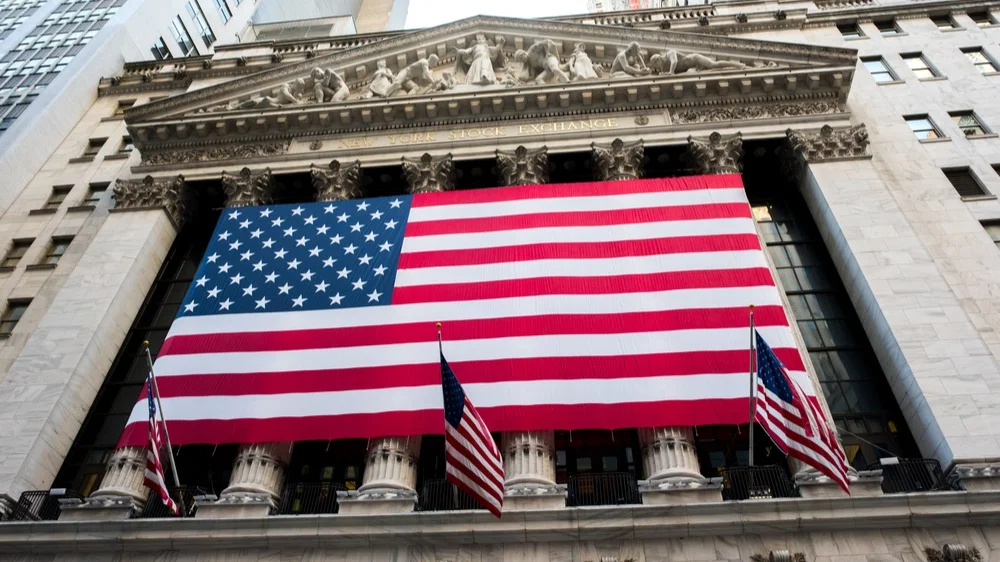J.P. Morgan: U.S. stocks are overvalued, but still worth buying
U.S. stocks have only been as expensive as they are now for three years in the last 40 years

The U.S. stock market looks expensive, but this is no reason to reduce the share of investments in the securities of U.S. companies, said Natalia Lipikhina, head of equity strategy in EMEA and executive director of J.P. Morgan Private Bank, in a Bloomberg podcast. According to her, even with inflated valuations, investors still have good reasons to hold a high proportion of U.S. securities - including thanks to artificial intelligence.
Details
По словам Липихиной, «все еще целесообразно иметь очень высокую долю в индексе S&P». One of the key reasons is the accelerated adoption of artificial intelligence: companies are becoming more efficient, and this leads to "better margins overall."
A J.P. Morgan strategist advised investors to keep 60-70% of their portfolio invested in U.S. companies. The rest of the portfolio she recommends to distribute between European shares (mainly industrial and defense companies) and investments in the Indian market, hedge funds, infrastructure projects and gold.
As for the UK, Lipikhina was skeptical of its stock market. She acknowledges that British stocks are now cheaply valued, but doesn't find any factors that could cause their value to rise to a fairer level.
Context
The S&P 500 is up 25% since April - Investors are no longer afraid that Donald Trump's duties will drive the world's largest economy into recession. Since late June, the benchmark U.S. stock index has traded above 22 times expected earnings (P/E) for the year ahead, reported Reuters on July 17, citing LSEG Datastream data. U.S. stocks have been so expensive only about 7% of the time over the past 40 years, the agency noted.
Meanwhile, the Nasdaq Composite index is steadily outperforming the S&P 500 in 2025 thanks to the artificial intelligence boom - and even optimists now recognize that the current Nasdaq rally is starting to resemble the situation with the dot-com bubble in the late 1990s. "The difference between the IT bubble of the 1990s and the AI bubble today is that the 10 largest companies in the S&P 500 index are even more overvalued now than they were then," wrote Apollo Global Management chief economist Torsten Slack to clients on July 17. While in the early 2000s, stocks of the index's 10 largest companies had a forward P/E of about 25, in recent years the figure has been approaching 30, Slack emphasized.
Although U.S. stocks look overvalued, a bubble is still a long way off, argues Manish Kabra, head of U.S. equity market strategy at Societe Generale. He calculates that the current risk premium for US equities is 3.3%, which is below average (4.2%). This suggests that the S&P 500 still reflects investor confidence based on earnings growth and a strong economy, and the market will not enter bubble territory until the index rises to 7,500 points - 20% above current levels, added Kabra.
This article was AI-translated and verified by a human editor
